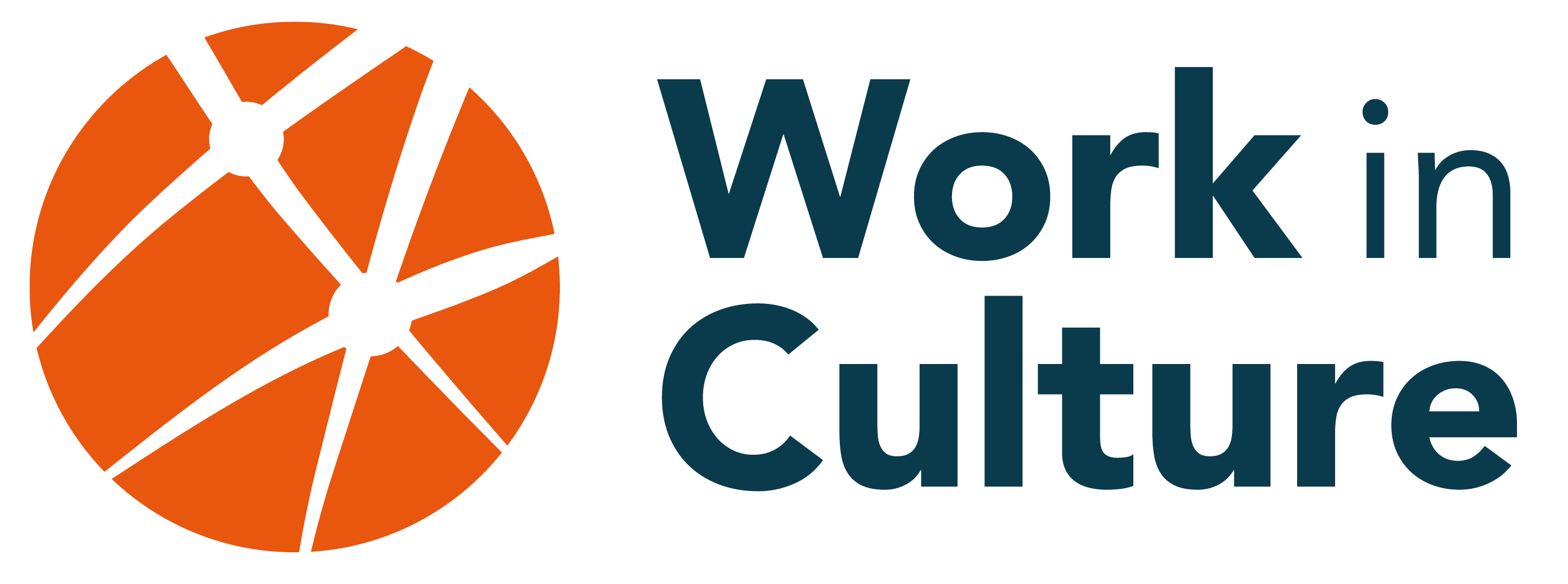What trends are emerging in the landscape of arts and culture job posts?
We have been working with researchers from Toronto Metropolitan University and McGill University to explore trends in Work in Culture Job Board postings over the past 10 years (2013 to 2023).
The data set includes 15,000+ job posts from 2,500+ employers for positions in the arts, culture and creative sector, as well as creative jobs in non-creative industries.
These jobs were located across Canada, with the majority in Ontario (13,769), Alberta (385), and British Columbia (276).
We are excited to share some of the initial findings and takeaways with you!
If you enjoy our annual Job Board trend reports or are interested in skills, benefits, and salary trends in arts and culture, these findings may be of interest to you.
Key takeaways on salaries:
- Hourly salaries have only increased by $1 CAD per year since 2019, not meeting the rate of inflation.
- This speaks to the precarity of creative industries jobs in entry-level positions.
- In the same time period, annual salaries have increased by about $5,000 CAD per year (about $2.80/hour), rising at the rate of inflation.
- Annual salaries are on average $11 CAD more per hour than hourly jobs, a difference of about $21,000/year.
- The public sector (government) has higher hourly and contract salaries than the private or nonprofit sectors.
Key takeaways on equity, community and inclusion (ECI) language:
- A sharp increase in ECI language from 2019 onwards:
- “Racialized” increased 111x
- “Indigenous” 48x
- “Harassment” 25x
- “2SLGBTQ” 17x
- The adoption of more appropriate terms leads to the disuse of previous, less inclusive terms.
ECI language includes terms related to equity and inclusion, like “diversity,” “equity,” “accessible,” “inclusion,” and “gender,” and terms related to diversity and representation, like “racialized,” “anti-racism,” “Indigenous,” “Black,” “2SLGBTQ,” etc. Data was considered from both the employer/company description and the position/job description.
Most common benefits:
- Soft benefits:
- Tickets
- Bonus / Bonuses
- Also: Discount(s), gift cards & vouchers, parking
- Traditional benefits:
- Flexible work
- Remote work
- Also: Wellness, mental health, employee assistance, life insurance, paid time off, parental leave, health insurance, dental insurance
This term list was retrieved from the Work in Culture sample, Statista, and the Conference Board of Canada.
Top skills:
- Communication skills
- Leadership
- Collaboration (highest rate of increase from 2013 to 2023)
- Social media
- Marketing
- Audience
- Evaluation
- Judgement
- Financial management
This term list was retrieved from “Employment Practices and Institutional Inertia in the Arts Sector: The Roles and Skills of Arts Managers in Building Organizational Capacity and Creating Public Value,” by A. Kershaw, H. Glow, and K. Goodwin in the International Journal of Arts Management (2022).
Remote and hybrid work:
- “Hybrid” and “remote” are plateauing – this may just be an ongoing expectation
- “Work from home” peaked in 2022 and decreased in 2023
What’s next:
The research team plans to do a deeper dive into soft benefits, and to focus on analyzing entry-level and managerial roles separately.
They also plan to interview recruiters about trends, and to compare the Work in Culture Job Board data with other industries; other arts, culture, and creative industries job boards in Canada and abroad; and TMU’s creative industries internship database.
We look forward to sharing more about this work with you – stay tuned!
